9 April 2025
First introduced at the 1955 Paris Motor Show, this year marks the 70th anniversary of Citroen’s iconic DS. It immediately grabbed the attention of the world’s press, with a futuristic design and advanced technology – and that was before a wheel had even turned.

Photo courtesy of Historics Auctioneers
Revolutionary design
It’s hard to overstate the impact Citroen’s DS design had on the industry. Thinking of what mainstream British manufacturers in particular were making in 1955, and the roots were firmly in post-war dowdiness.
There were exceptions of course; the Americans had big, bold, be-finned behemoths, but they were not found this side of the Atlantic. And there were of course some stunning designs from European manufacturers, with the likes of Jaguar, Ferrari, Aston Martin, Mercedes-Benz, Alfa Romeo, et al… but these were all high-end makers. Citroen came along with something arguably even more svelte and striking than even the most exotic sportscar manufacturer was offering.
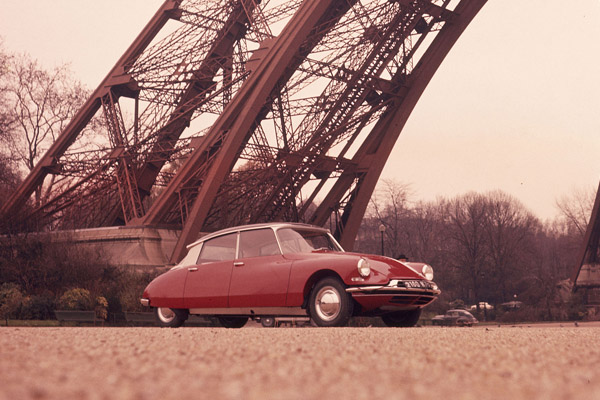
The DS was Citroen’s replacement for the Traction Avant – itself a fairly revolutionary machine, as the first monocoque-bodied, front wheel drive mass production car. And the DS had been in development for a number of years before it arrived at the Paris Motor Show.
The DS moved the game on considerably, with an aerodynamic shape, hydropneumatics suspension, and distinctive interior, all focused around comfort.
Technological tour de force
That hydropneumatics suspension completely changed the suspension game for eht entire industry. Never before had a car rode so comfortably over rough roads, and the system was so good it was even used under licence by Rolls-Royce.
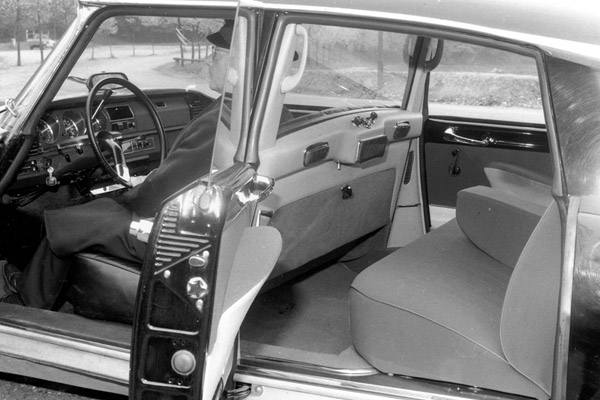
Technically, Citroen’s early ‘oleopneumatique’ moniker for it is more accurate, as the system uses an oil and gas mixture, but the hydropneumatic tag has stuck. Essentially, it allowed the DS to ride level over just about any drivable surface, as long as the engine was running. There are tales of the French police sitting in DS models with the engine permanently running, so as to not have to wait for the suspension to raise and level itself before setting off when starting the car – avoiding red faces in the event of a pursuit for example.
The DS also features power steering, disc brakes, an automatic transmission, and was even built innovatively, with body panels hung off a skeletal design for ease of repair. It also used a glass-fibre mix for the roof and aluminium bonnet to keep weight down. In fact, the only thing not highly advanced for its time was the engine, which was retained from the Traction Avant.
A symbol of France
Culturally, the DS was important too. At a time when French mid-20th century culture was defining itself away from post-WWII, and separating from Italian, German, Spanish, and British neighbouring influences, the DS symbolised many of these distinctive ideas on one neat flagship package.
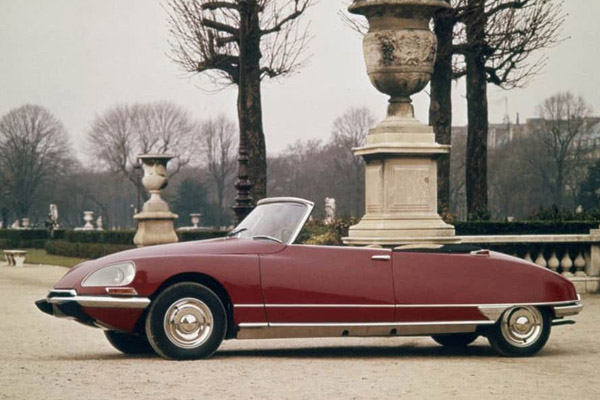
Its style and innovation made an immediate and sustained impact on just about all areas of France, from the President’s chosen set of wheels as a state car, to appearances in countless films of the time, from its 1955 launch, throughout the next couple of decades.
It wasn’t without its reliability problems, but considering Citroen kept the DS in production for 20 years, many of these were addressed over time. Multiple versions were developed too, such as an entry-level ID19 – where the hydraulics operated only the suspension system, rather than the clutch, transmission, and steering too.
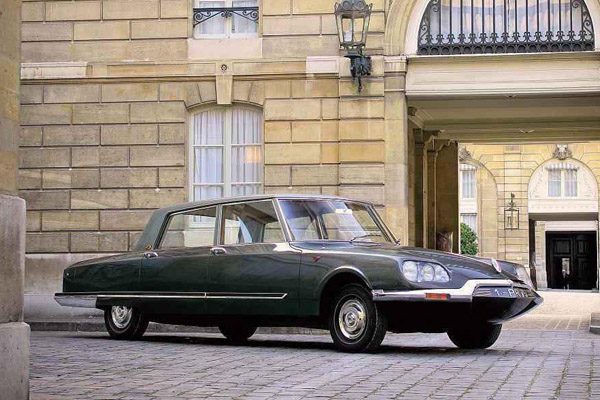
It also came in Safari estate guise, a luxurious Pallas specification, yet-more luxurious Prestige trim, and a convertible, while developments over the years included directional headlights, and a surprisingly successful rallying career. In fact, the DS is held in such high regard that Citroen chose the letters to represent its luxury division, when launched in 2009 – though DS Automobiles has not been able to recreate the brilliance of the original ‘Goddess’ (the nickname came about because ‘DS’ pronounced in French is ‘déesse’, the word for goddess. It would prove a tall order however; the DS is a once in a generation machine, with a legacy to match.
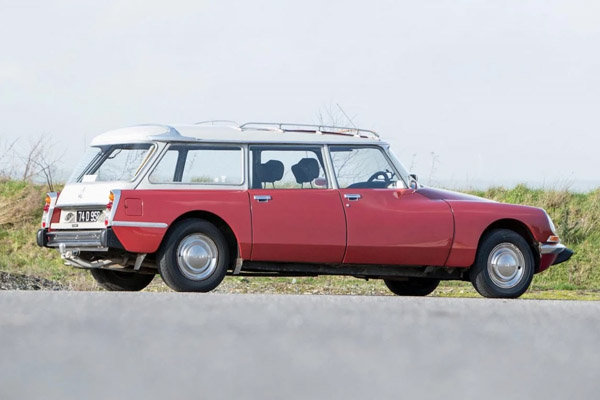
Photo courtesy of Silodrome

COMMENT